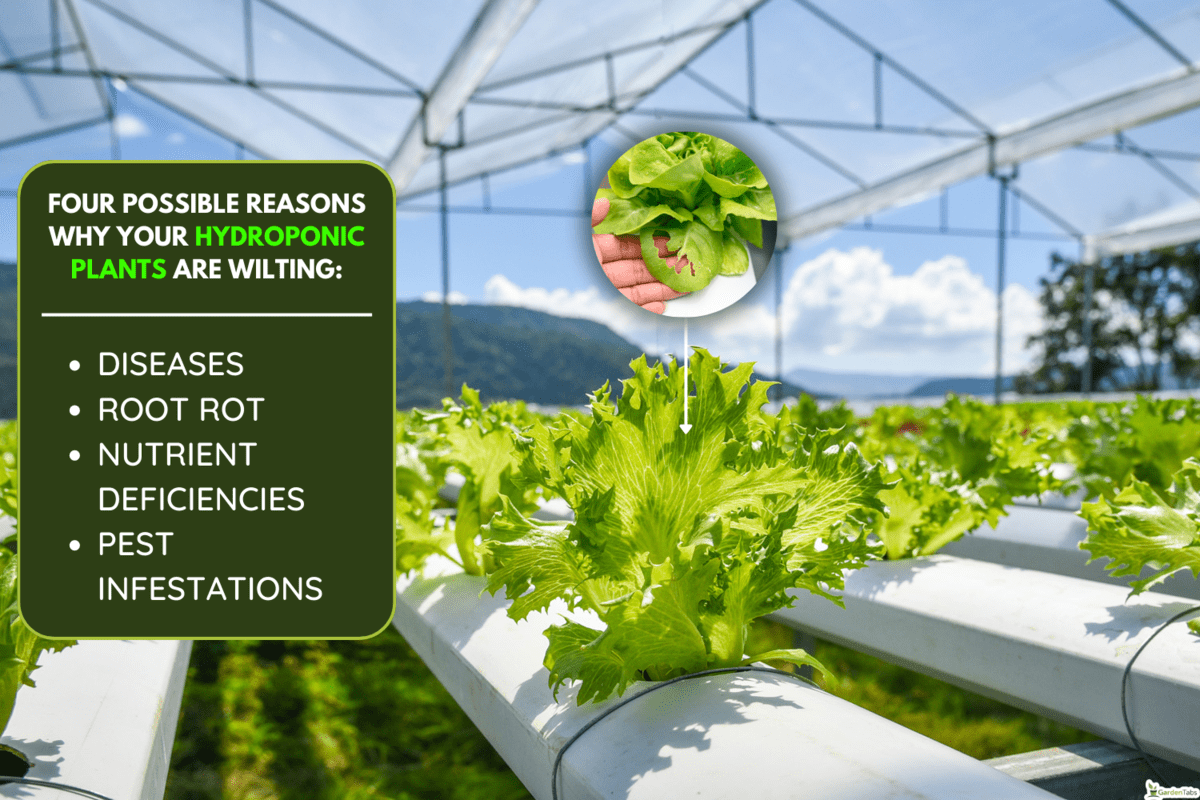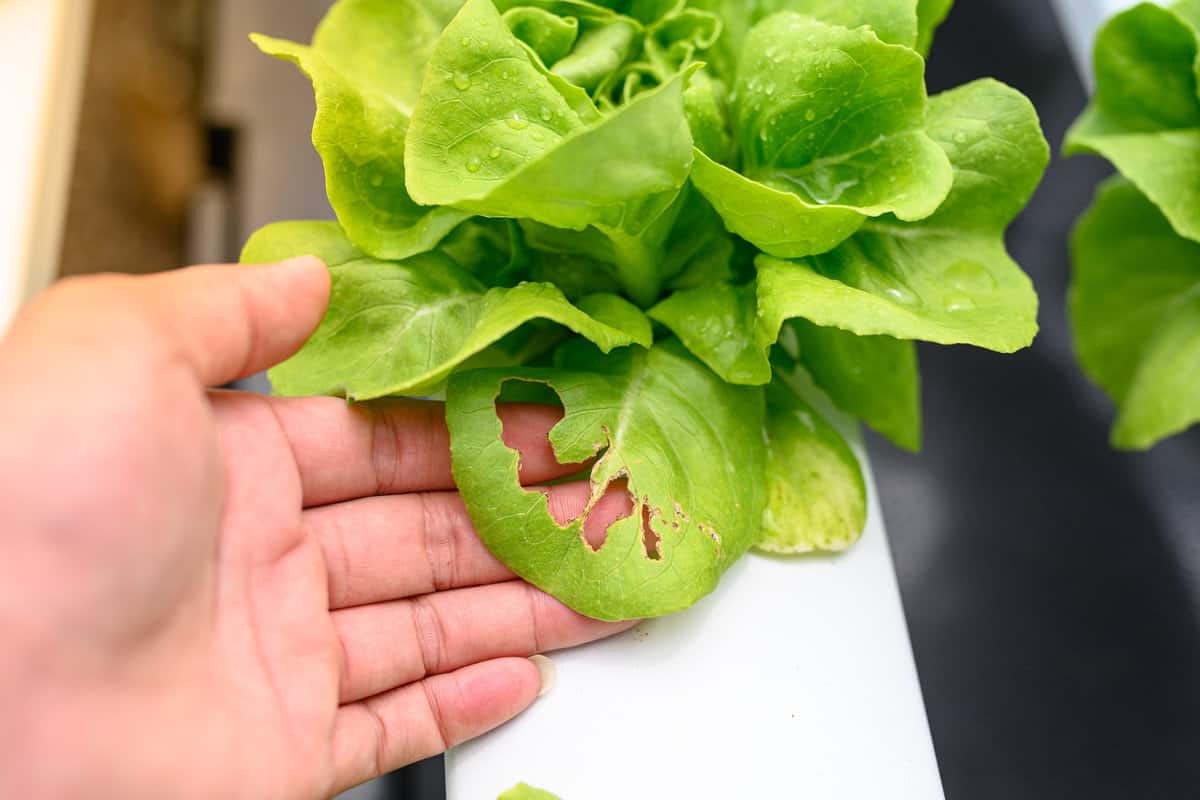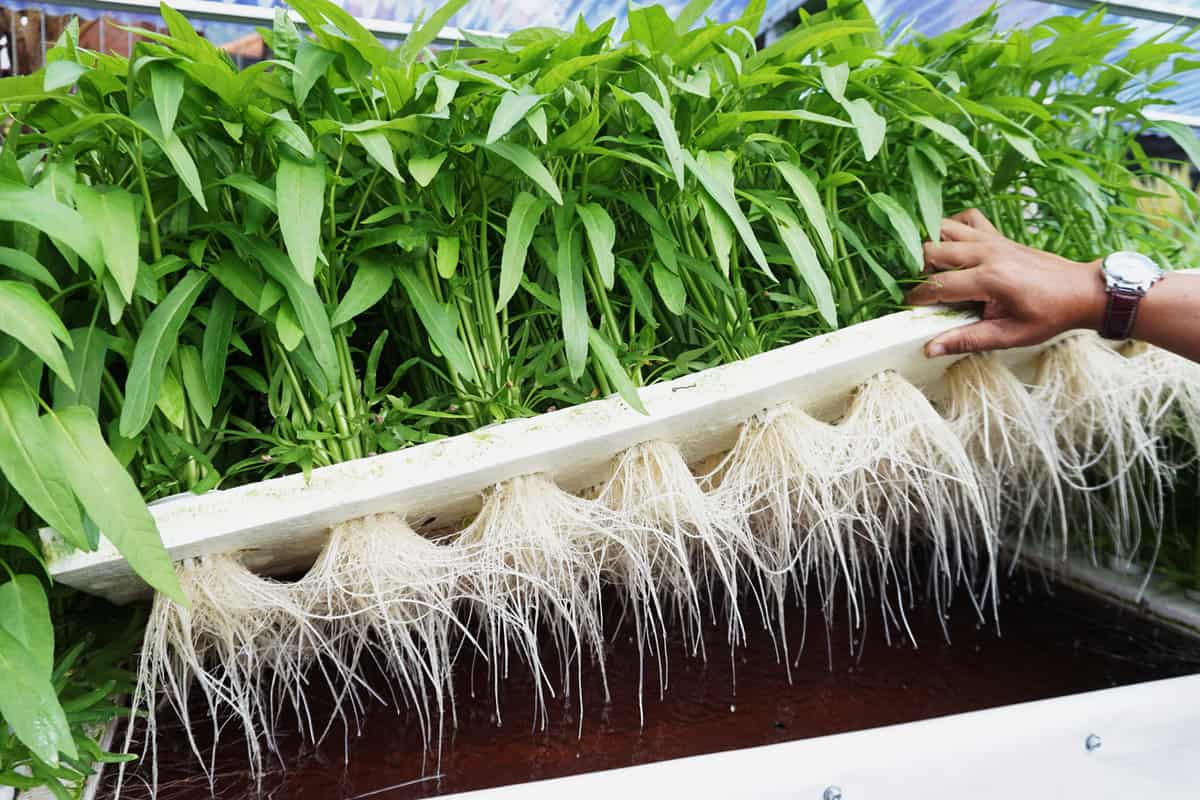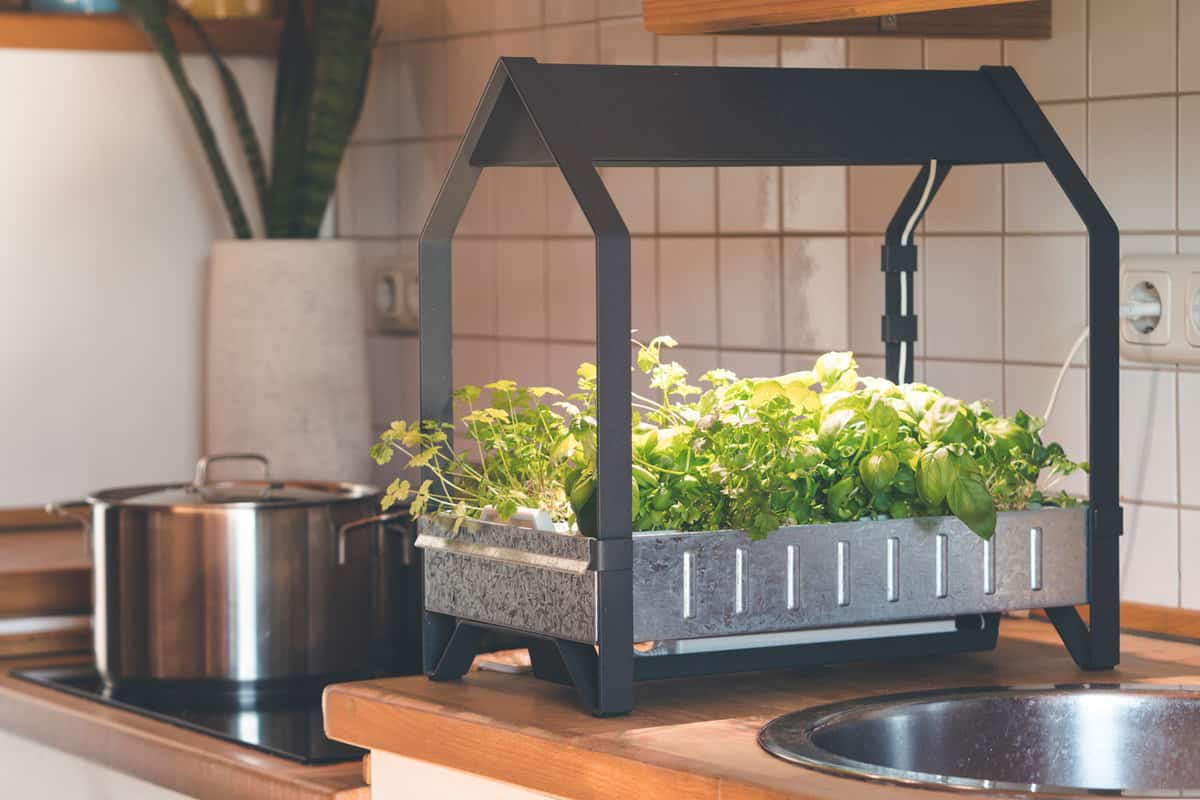Although using the hydroponics approach to grow plants helps lessen several problems, you may still encounter problems. One common issue is that hydroponic plants may start wilting. Fortunately, we have thoroughly researched this problem to help you identify the causes and how to fix them.
There are four possible reasons why your hydroponic plants are wilting. They are:
- Diseases
- Root Rot
- Nutrient deficiencies
- Pest infestations
Depending on what causes the wilting, you can fix the issue as easy as replacing the old water with a new one, ensuring that the oxygen is adequate, trimming the plant, spraying with medicine, applying a nutrient solution, creating a mixture of water and vinegar, and more.
Hydroponic plants don't require high maintenance as long as you have planted them properly or have already met their growth requirements on the first attempt. Keep reading to know your hydroponic plants better, how to keep them from experiencing common plant issues, and learn in detail the steps to fix them when they are wilting.

Why Do Hydroponic Plants Wilt?
Growing hydroponic plants is a great hobby. But to make their development successful, it is just right to know how to determine and solve the issues that might attack this planting technique. As mentioned, there are four primary reasons your hydroponic plants are wilting. And they are the following:
1. Plant Diseases

Powdery mildew and gray mold are the diseases that cause hydroponic plants to wilt.
To identify powdery mildew, check your plants for the white powdery thing on the stems and leaves. Inadequate air and light cause this issue.
On the other hand, gray mold appears to be a dark brown blight of flowers, and it is because of the fungus that absorbs the hydroponic plant's nutrients and outstretches quickly from one hydroponic plant to another. The culprit in the accumulation of the fungus is excess air dampness and chilly temperature.
How To Fix Hydroponic Plant From Diseases:
- Trim the affected areas. Do this as carefully as you can to avoid damaging the healthy parts.
- Dispose of the infected areas properly to prevent them from spreading.
- Spray the entire plant with a fungicide, or you can opt to use a mixture of 3 tablespoons of vinegar to 1 gallon of water.
How To Prevent Hydroponic Plant Diseases:
- Control or lessen the humidity levels in the area.
- Hydroponic plants are somewhat sensitive to the tools you use. So, as much as possible, sterilize the tools before you use them for your plants.
- Improve air circulation.
- Provide adequate lighting to help your hydroponic plants improve their resistance to diseases.
- Conduct regular maintenance, such as pruning and inspection.
2. Root Rot
The most common cause of a wilting hydroponic plant is its rotting roots. Root rot means the hydroponic plant is lacking in oxygen. In hydroponic planting, it is a must never to let the water freeze because it will block air circulation.
You'll know that your plant is undergoing this issue if you notice that its leaves are bending or drooping and turning yellow, and the lower part of the plant is brown, wherein it should be only a cream color. Furthermore, there are instances that this hydroponic plant issue produces odor.
How To Fix Hydroponic Plants From Root Rot:
- Remove the part where the rotting emerged and put hydrogen peroxide.
- Remove the container's old water.
- Thoroughly clean the container and disinfect it.
- Replace with new water.
- Ensure a sufficient supply of oxygen.
How To Prevent Root Rot:
Preventing root rot is an easy task to accomplish. All you need to do is:
- Improve air circulation or oxygen.
- Provide the correct water solution temperature.
- Incorporate beneficial bacteria into your hydroponic plants.
Click here to see this Hydroguard bacillus root inoculant on Amazon.
- Maintain the water flow well.
- Lessen the light that the roots receive.
3. Lacking In Nutrients

If your hydroponic plants lack nutrients, expect issues to come their way. Aside from wilting, they will grow too slowly.
If you can't provide your plants with an adequate amount of copper, magnesium, and chlorine, they will appear dull and droopy and obtain diseases quickly since they are too weak to fight against those problems.
How To Fix Hydroponic Plants From Lack Of Nutrition:
A straightforward solution to your hydroponic plants' lack of nutrients issue is to feed them with a nutrient solution. All you need to do is to mix it with the water inside the container where you have planted them. Expect them to achieve a bit of improvement in a few days.
How To Prevent Your Hydroponic Plants From Experiencing Lack Of Nutrients:
For the first week and a half of growing hydroponically, you need to supplement the water with fertilizers. However, it would be best to be cautious with this. You can harm your hydroponic plants if you will add too many nutrients at once or if you do not put in enough nutrients.






